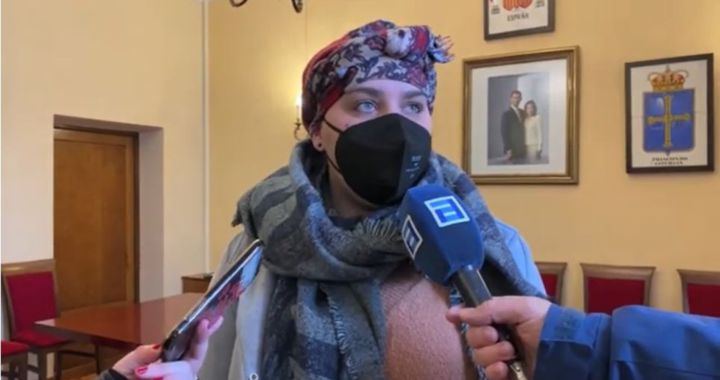Soo a month has passed since the sad news of the death of Elena Huelva became known, the young woman who shared her tireless fight against Ewing’s sarcoma in social networks. On January 3, the young woman from Seville left this world following cancer.
Huelva was only 21 when he died, an age very close to that of Andrea Alonso, who at the age of 22 also died following the same tumor in the pelvis. But the similarities between the two young women go far beyond their age.
Huelva and Alonso fought part of their lives against Ewing’s sarcoma, considered a rare disease. Andrea Alonso, Asturian by birth, was very popular in her country, Cangas de Onís, for her constant and acclaimed work to raise funds against this type of cancer; also using social media.
His work in the search for donations was mainly focused on the Virgen del Rocío Hospital in Seville, where he tried to collect as much money as possible for the investigation of this cancer in this center, one of those accredited in the European Reference Network (ERN) for rare diseases.
As La Nueva España reports, the funeral of the young Asturian woman is to take place this Thursday, February 9 at noon in the parish church of Santa María de la Asunción, Cangas de Onís.
What is Ewing’s sarcoma?
According to Spanish Association Against Cancer (AECC)Ewing’s sarcoma, the disease suffered by Andrena Alonso and Elena Huelva, is a type of cancer that starts in the bones or soft tissues of the body (such as cartilage, fat, muscle, blood vessels or fibrous tissue) which mainly affects children and young people and is usually diagnosed before the age of 20.
As experts explain, it is a disease that occurs rarely, but it is the second bone sarcoma common in adults and children. It usually affects men, although with a slight difference, a little more.
From the AECC they point out that its origin is due to the fact that it is a cancer genetically characterized by the fusion of areas of two genes: EWSR1-FLI1 and that it first appears in the cells of one of the layers of embryonic development called mesoderm.
Even if the causes have not yet been detected that cause Ewing sarcoma, “genetic alterations have been found between the TET/FET family genes (TLS/FUS, EWSR1 and TAF15) and the E26 transformation-specific family genes (ETS)”.
Between the if not, more Confirmed in patients, we can highlight the pain in the affected area, the tumor or the sensation of a lump, as well as fever, fatigue or weight loss.

